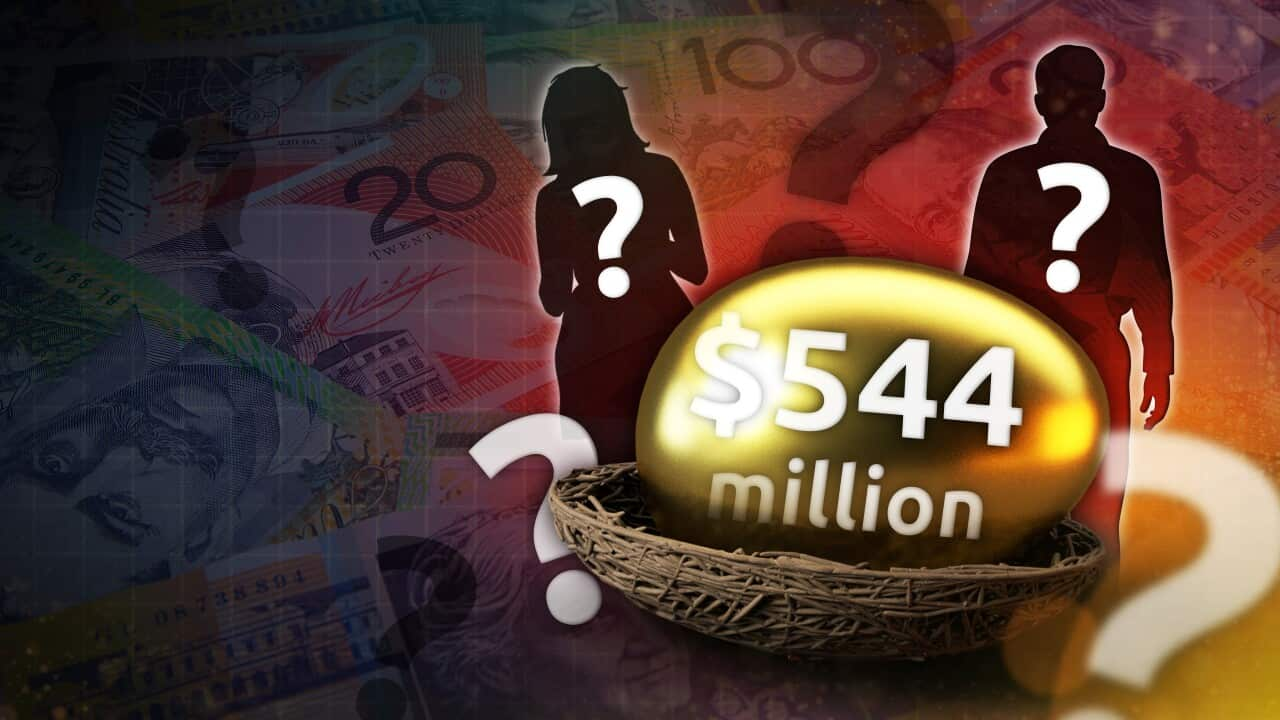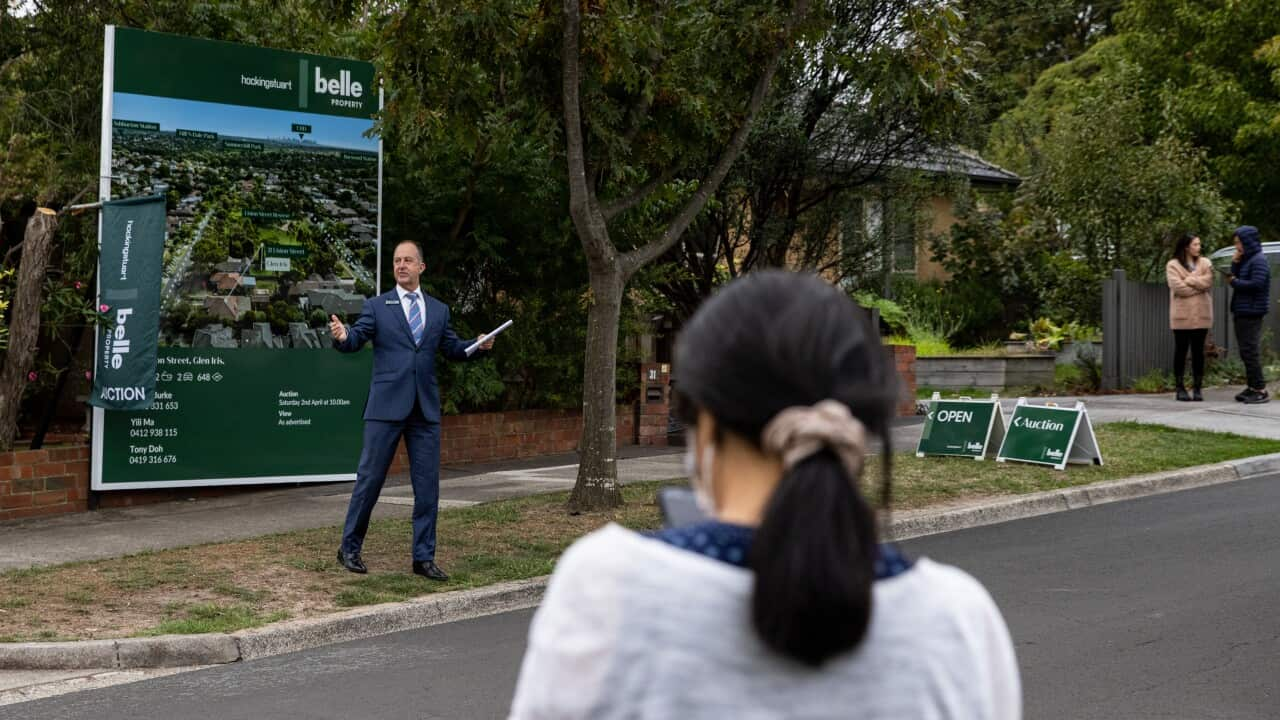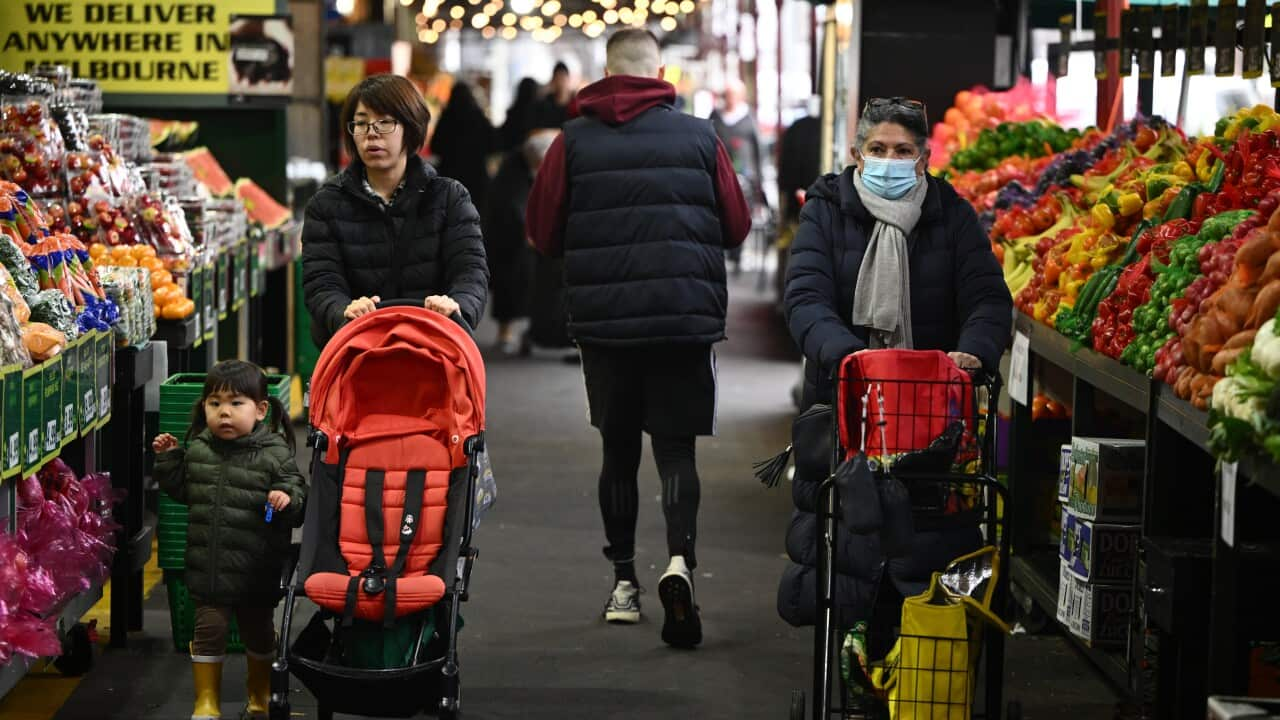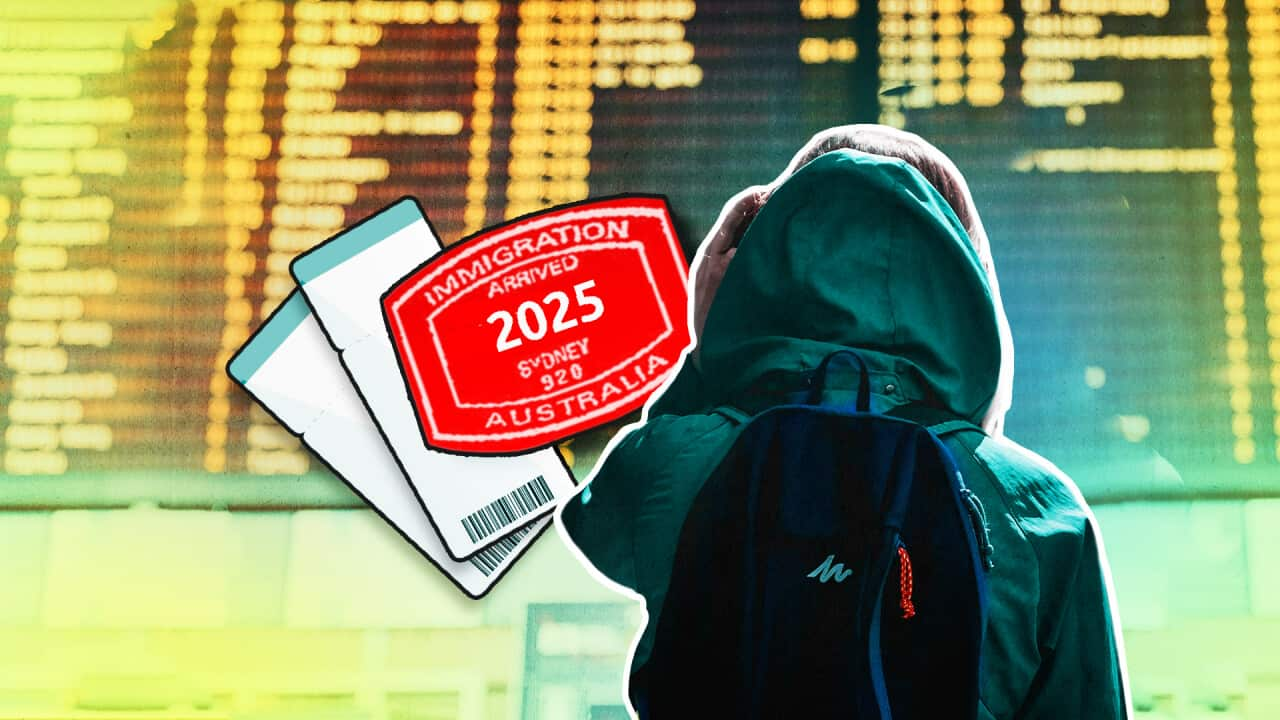Key Points
- Questions are swirling over the identity of the person with a super fund that has a balance of $544 million.
- Prime Minister Anthony Albanese, Gina Rinehart and Dick Smith have all weighed in on the mystery super fund.
- But how is it even possible to have so much money in super? These experts explain.
Mining magnate Gina Rinehart says it’s not her.
Entrepreneur Dick Smith has also ruled himself out.
But mystery continues to surround the identification of the Australian with the hefty super balance of more than $544 million.
That figure is according to the Association of Superannuation Funds of Australia (ASFA), which used Australian Taxation Data to unearth how many self-managed super funds (SMSFs) had large balances.

Both Gina Rinehart and Dick Smith have declared they do not have a super of $544 million. Source: AAP
The data has resurfaced amid the debate around the government’s plan to raise the .
Social media has been awash with jokes about who the mystery mega-account owner could be - with both Ms Rinehart and Mr Smith telling media outlets it’s not them.
Even Prime Minister Anthony Albanese has weighed in, joking that Opposition Leader Peter Dutton could know their identity.
“The one Australian - he probably knows who it is - who has over $400 million in his super account,” Mr Albanese told parliament on Monday.
Susan Thorp, a Professor of Finance at the University of Sydney, said it would be “a serious breach of privacy” if the mystery account holder's identity was revealed.
“I’m surprised that they even identified this single account,” she told SBS News.
So how does one even manage to accumulate such an amount?
Professor Thorp said to get to a balance of $544 million over, for example, 50 years at around eight per cent per annum, one would have to contribute about $1 million a year.
“This is not really possible under current rules that limit contributions and transfers but the rules have not always been the same,” she said.
“And there have been times in the past when people have been able to make large contributions and transfers or rollovers into funds.”
Until 2006, Australians could make unlimited contributions to their super accounts, with limits at the time only imposed on how much could be withdrawn tax-free, known as the reasonable benefit limit.
That year, the-then Liberal prime minister John Howard with treasurer Peter Costello imposed restrictions on contributions people could put into their funds.
Grattan Institute's economic policy program director Brendan Coates described the system as providing a "free kick" to some.
"The Howard government abolished the taxation of any super withdrawals for most people, and instead we introduced limits on how much you could put in [to one's super]," he said.
"But for those that had already put in substantial money, then they really got a free kick.
"It's probably the most egregious tax change I've seen in the last three decades."
He said that the mystery mega-super-holder could have planted a business or the proceeds of the sale of a business in their super before 2006 - and it has accumulated ever since.
"What that meant [was] that if you had made large contributions prior to that - and I'm particularly thinking of examples of people that put businesses inside super - then those amounts would grow exponentially over time, with compounding returns," he said.
The mystery person was also likely paying no tax on their hefty super balance until 2016, when former prime minister Scott Morrison introduced the transfer balance cap, a 15 per cent tax rate on those whose super funds amount to more than $1.6 million.
"It may not have been worth $500 million at the time, but certainly tens and hundreds of millions of dollars," Mr Coates said.
Economist Chris Richardson also speculated that it could also have been someone who was able to sell a business for a large sum and moved it into super, under previous policies.
“Our superannuation policies had been poor from the start, you know, from when [former prime minister Paul] Keating brought them in, they were too tough on poor Australians and too generous for rich Australians,” Mr Richardson said.
“But I cannot really get excited if people have taken advantage of that. Both sides of government have had it wrong for a very long period of time.
"And if those are the rules, those are the rules.”











